Lizard Pose - Utthan Pristhasana
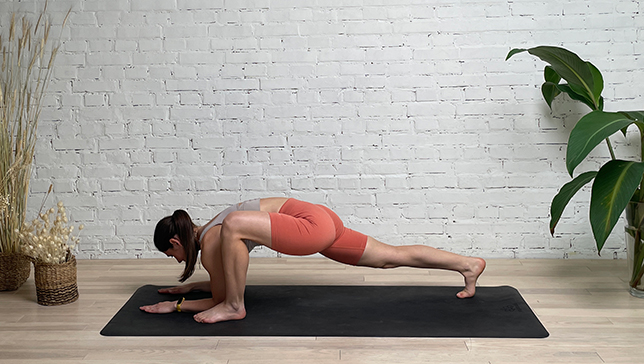
Contents
Lizard Pose or Utthan Pristhasana in Sanskrit (‘uttan’ = ‘stretch deep out’, and ‘pristha’ = ‘back of the body’, and ‘asana’ = ‘posture’) is similar to Lunge Pose (Utthita Ashwa Sanchalanasana) but practiced resting on the forearms.
Lizards have a great flexible upper body and hence the back of the body in this posture resembles the stretched out lizard. And the practice of the same is said to bring the very same flexibility and suppleness in the back and the various muscles involved.
Lizard Pose is considered a base pose as lizard pose variations can be derived from this pose. Lizard Pose helps boost energy in the body and hence can be included in yoga sequences.
Pose Detail
- Body Position: Arm & Leg Support
- By Type: Flexibility Yoga Poses, Hip Opening Yoga Poses
- Difficulty: Intermediate
Step-by-Step Instructions
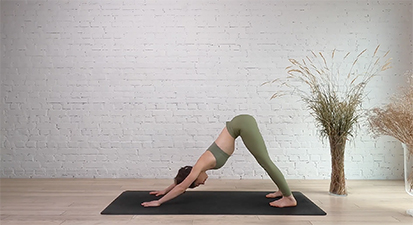
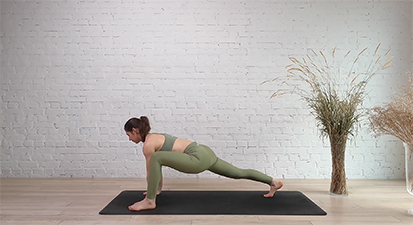
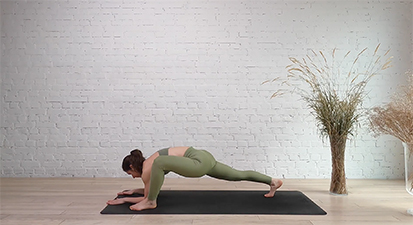
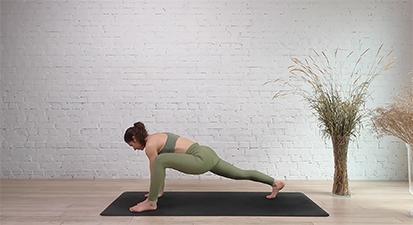
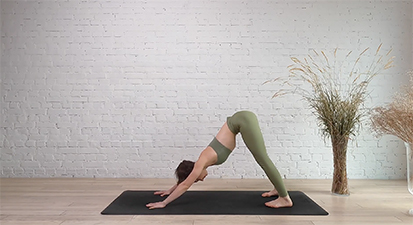
Benefits and Contraindications
Stretches Hamstrings
Opens The Hips
Reduces Stress & Tension
Strengthens Leg Muscles
Preps For Deeper Stretches
Injury at the knee or hips
Weak shoulder joints or forearms
Not to be practiced if the lower back pain is severe
Photo poses in different angles
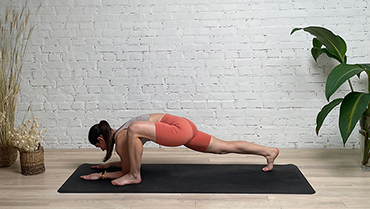
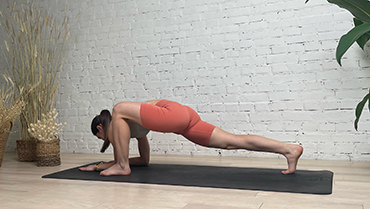
Modification And Props For Beginners
If your hips are tight, try using props for support. Use a block under your forearms for comfort. If your back knee feels uncomfortable, add a rolled-up towel or mat underneath it.
If coming down to the forearms on a block is still too intense, try staying on your palms with arms straight.
Useful Tips
- The back knee can be placed on the mat or you can raise it to provide a greater challenge during the posture.
- Remember to stay up on the toes of the back foot, keeping the toes grounded into the mat.
- Try to keep a long spine with the chest sinking to basically shoulder level.
- Avoid allowing the neck and head to sink, keep the neck straight with your gaze forward.
- Don’t become overly concerned about placing the forearms on the earth, keeping the arms straight with the palms on the ground perfectly acceptable.
Lizar Pose Anatomy
This practice is a deep hip opener that also targets the gluteus maximus, hip flexors, hamstrings, shoulders, and arms, including the lower back. Included in Yoga Sequences, the practice can help improve the flexibility of the leg muscles, pelvic floor muscles, and hip flexors. Since the primary focus are the hips, Lizard Pose is also seen practiced in Yin Yoga to help stretch and strengthen the deep connecting tissues like fascia.
Frequently Asked Questions
Variations
- Lizard Pose Elbows On Block
- Twisted Lizard Pose
- Lizard Pose With Quad Stretch
- Bound Lizard Pose Foot Behind Head
- Lizard Pose Airplane Arms Under Knee
- Lizard Pose With Forward Foot On The Floor
- Flying Lizard Pose
- Lizard Pose Variation Holding Back Foot
- Lizard Pose Variation One Knee On Floor Arms Stretched Forward
- Twisted Lizard Pose Ankle Grip